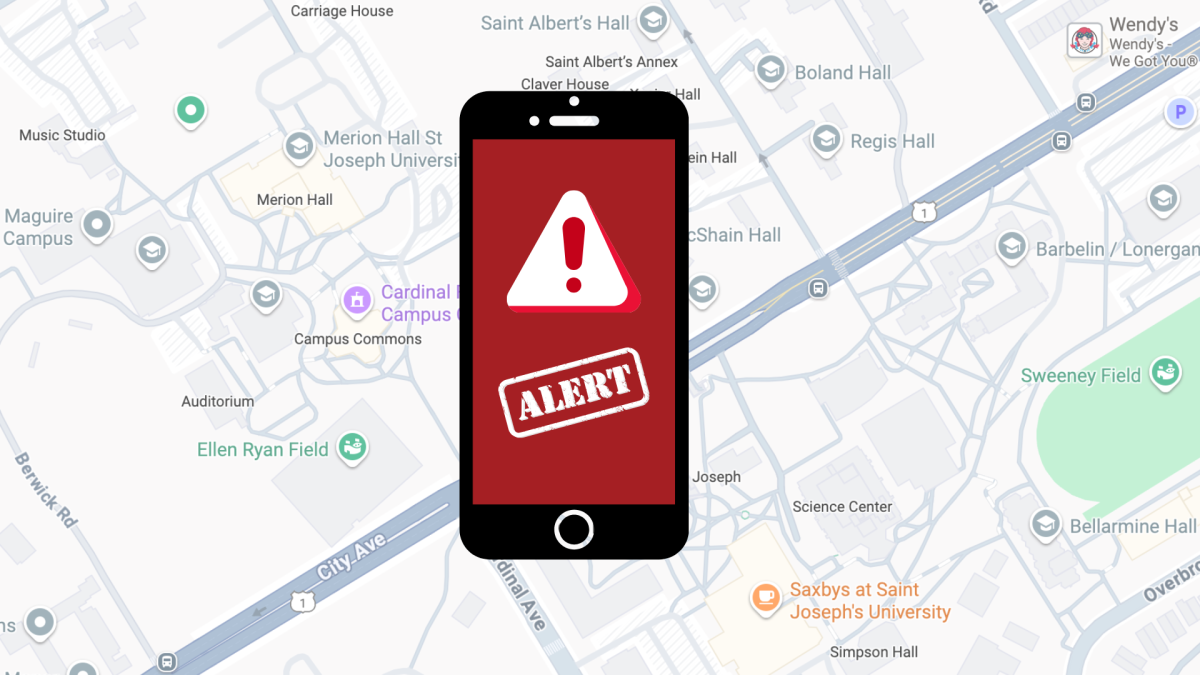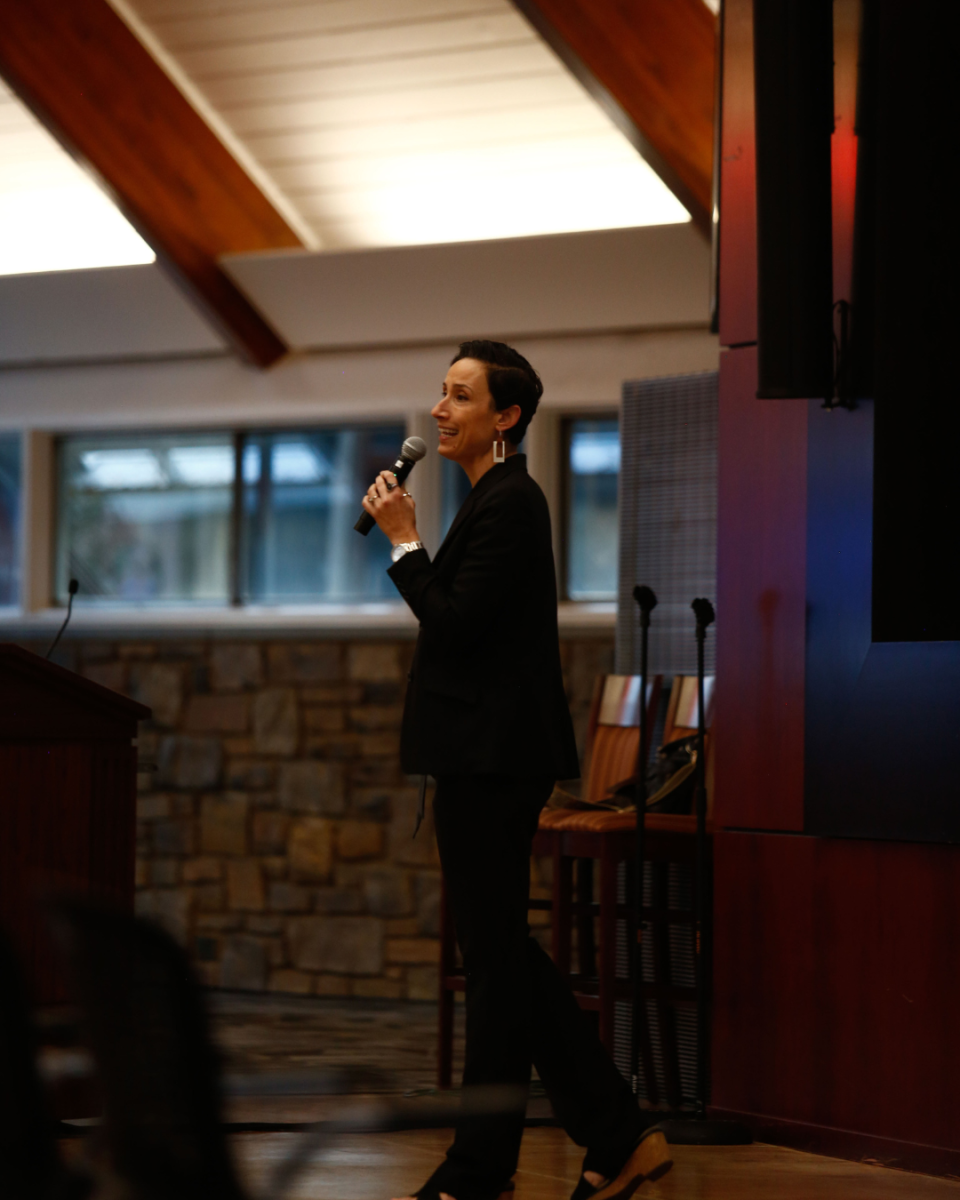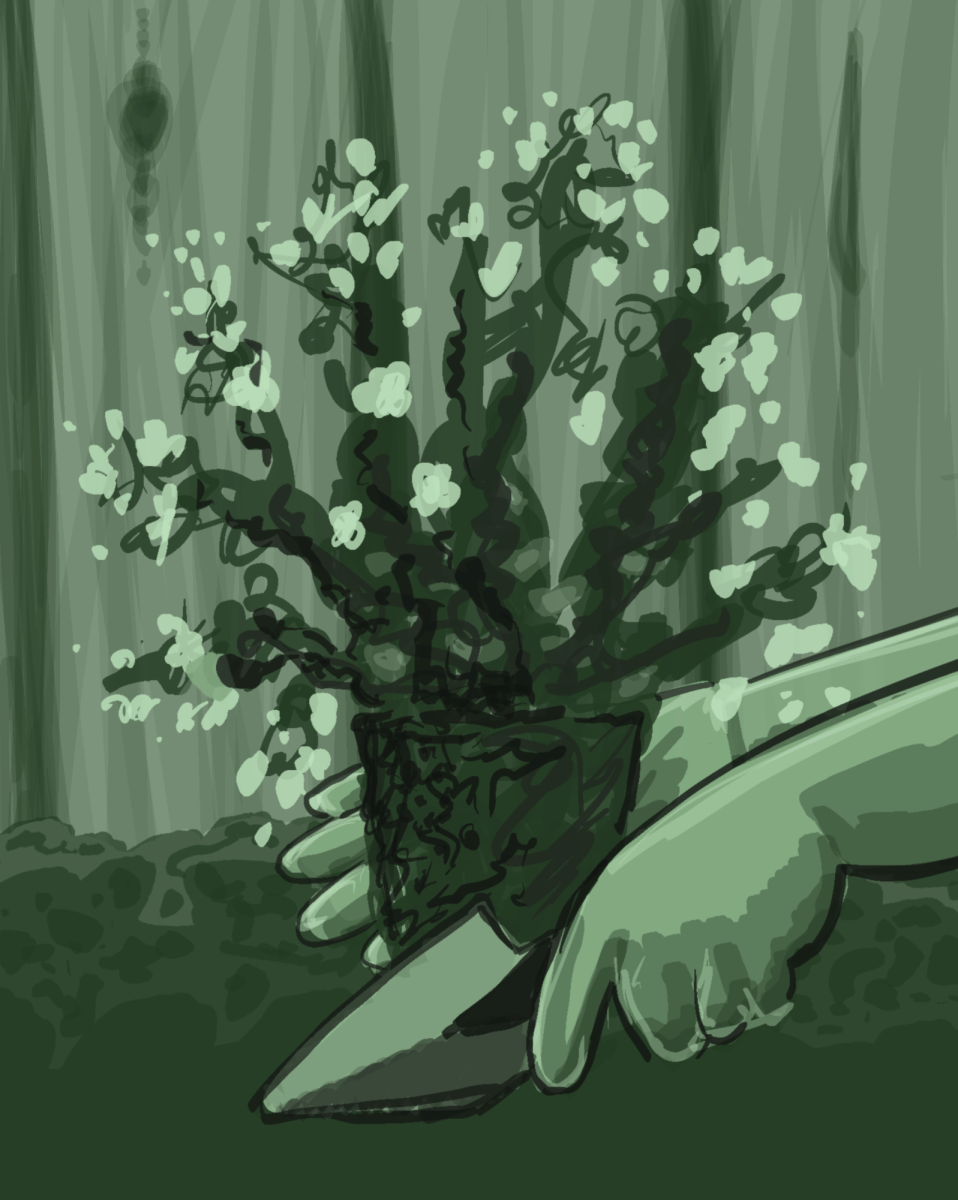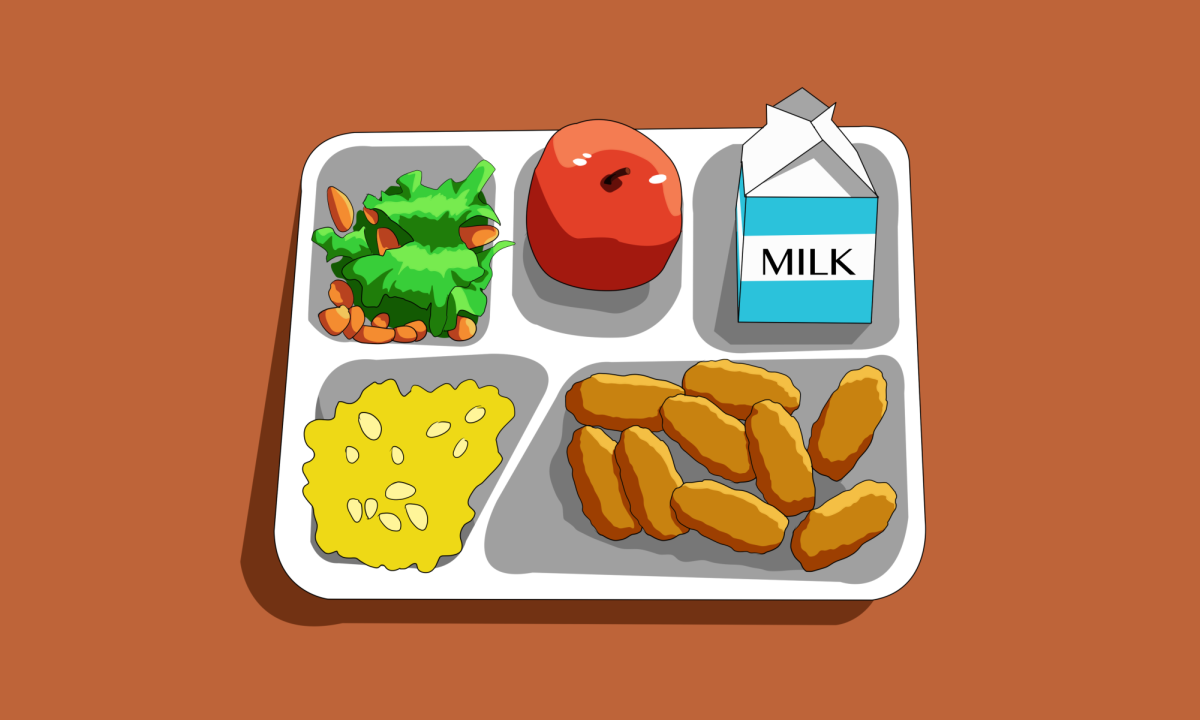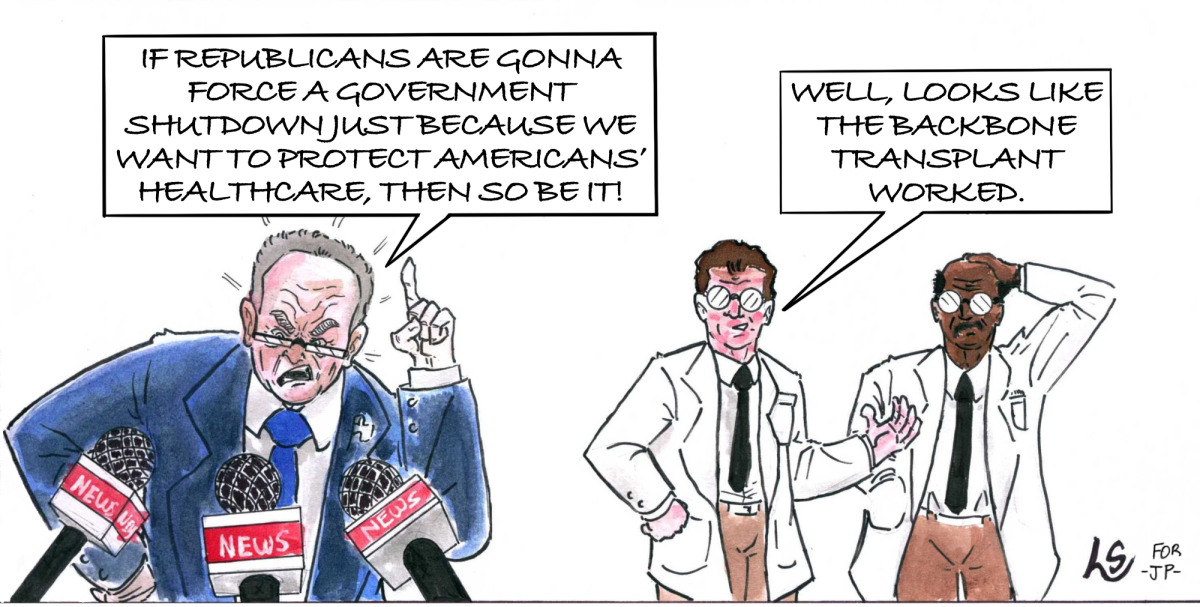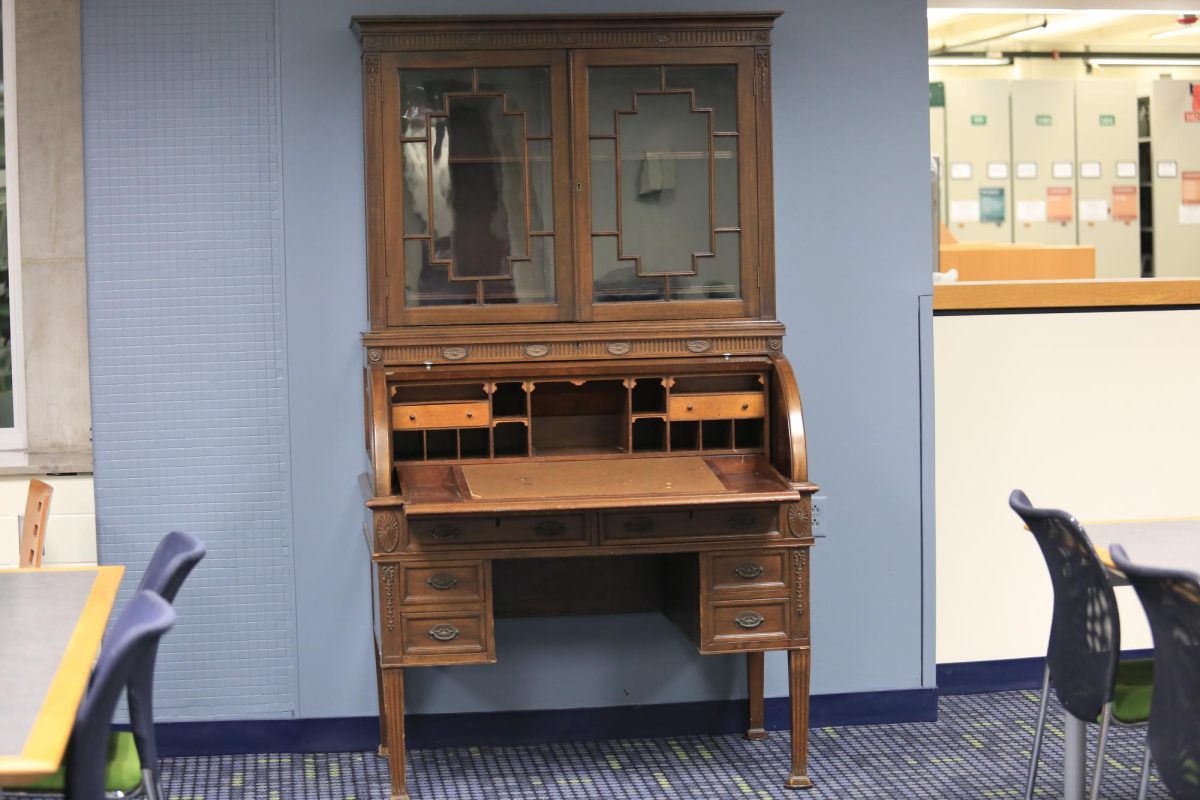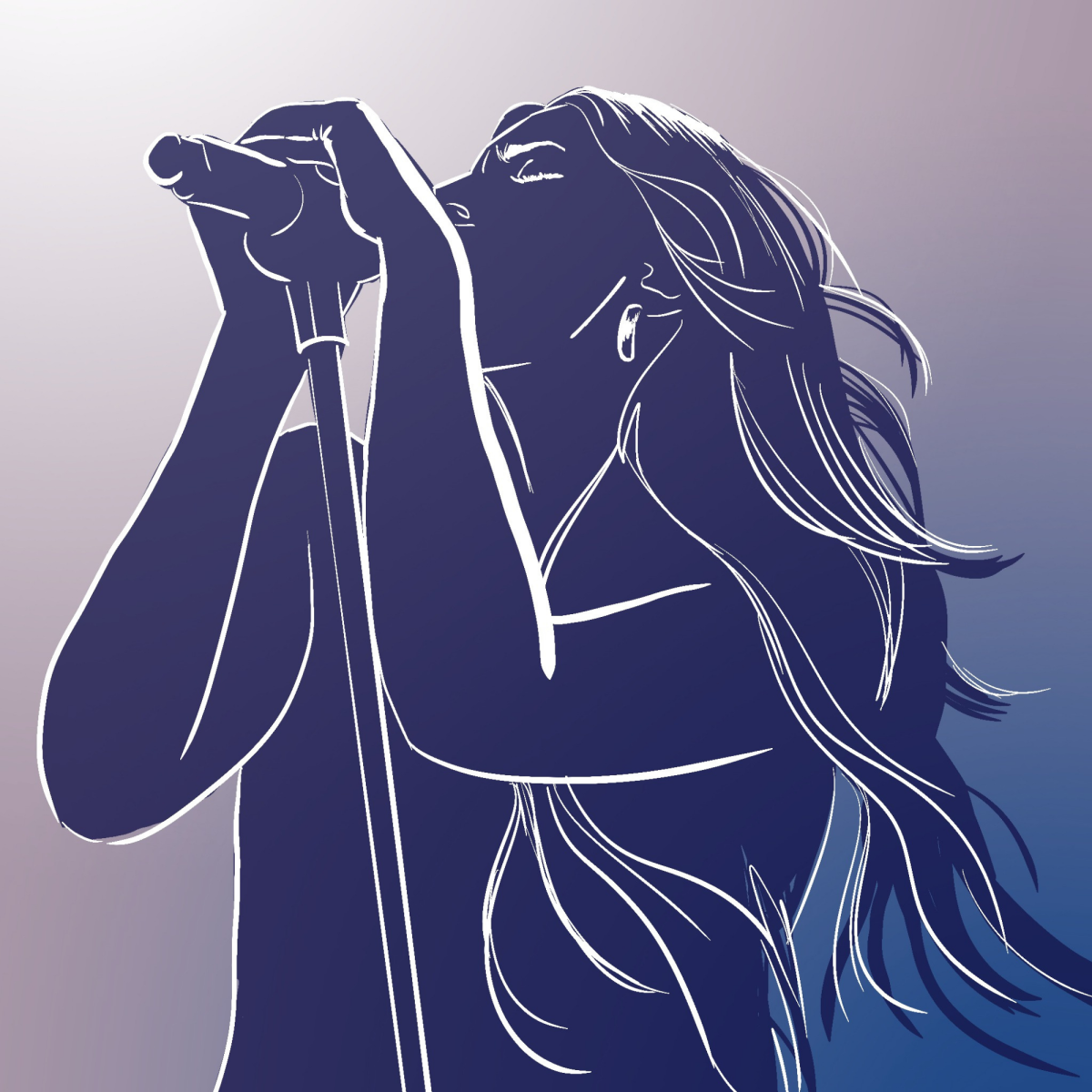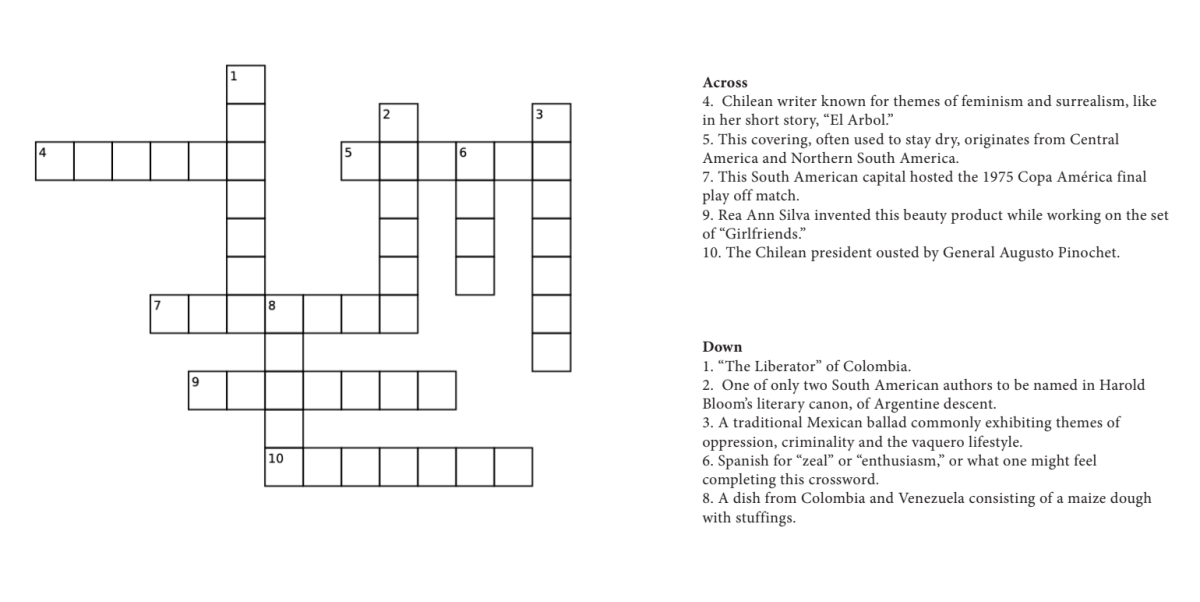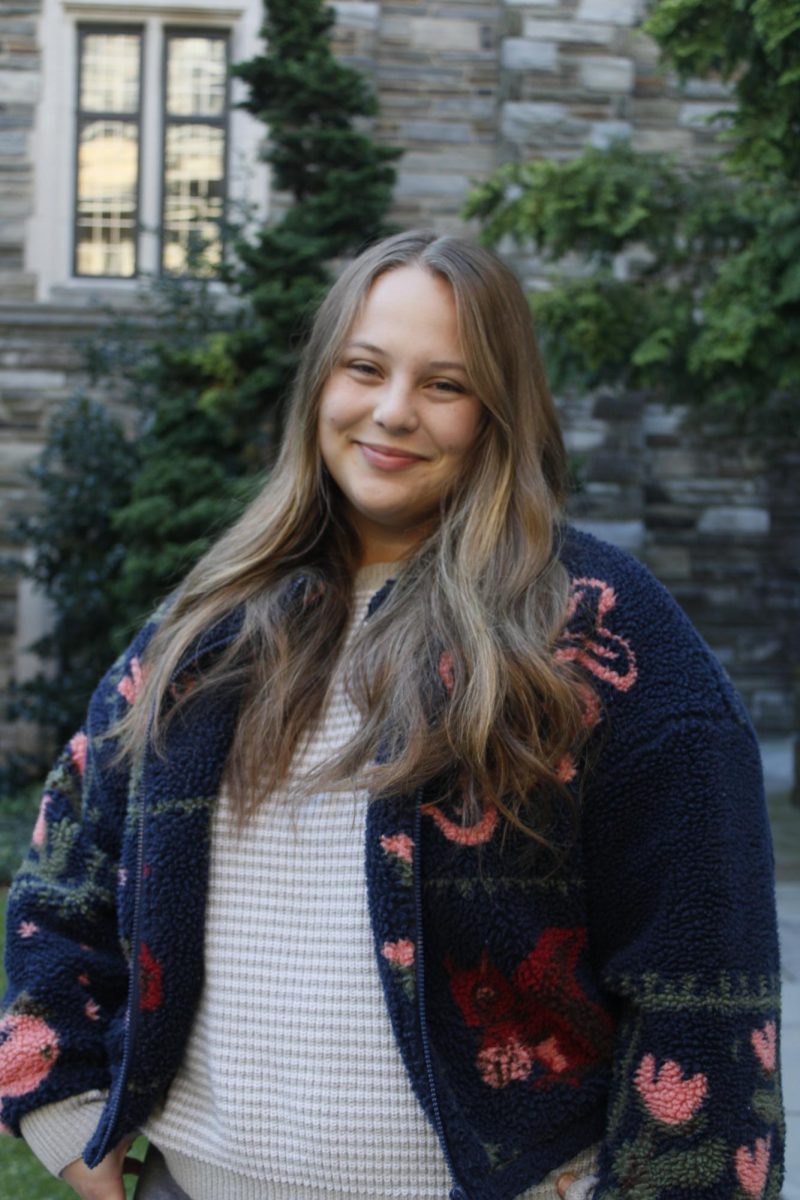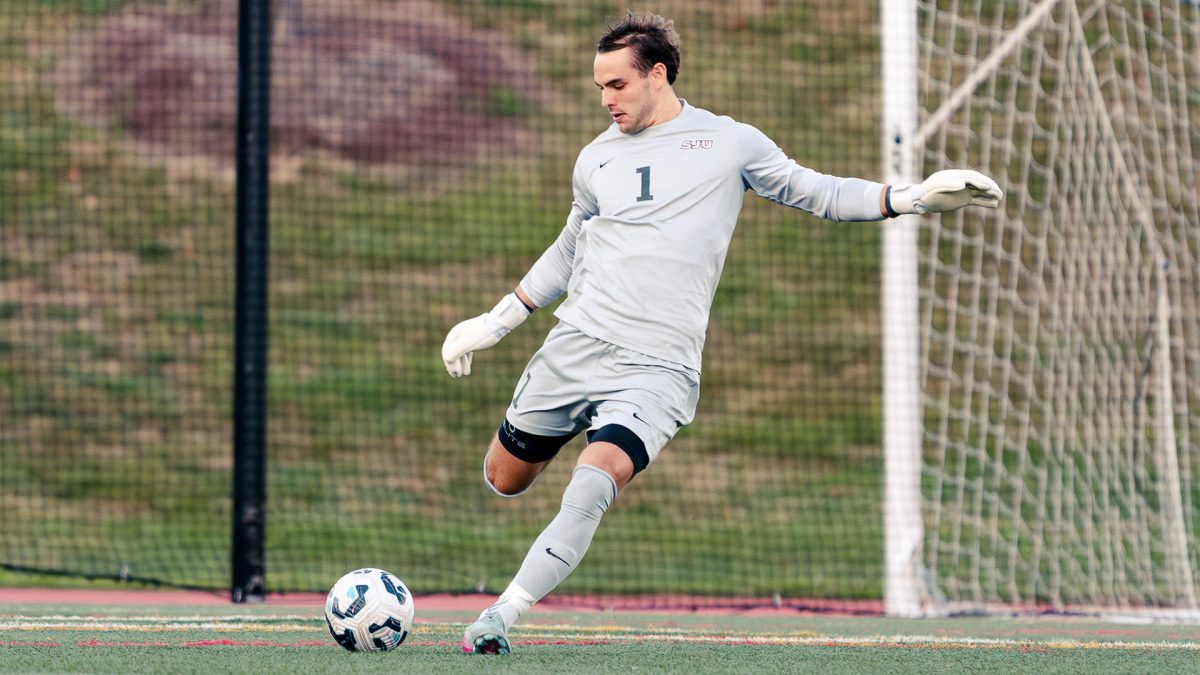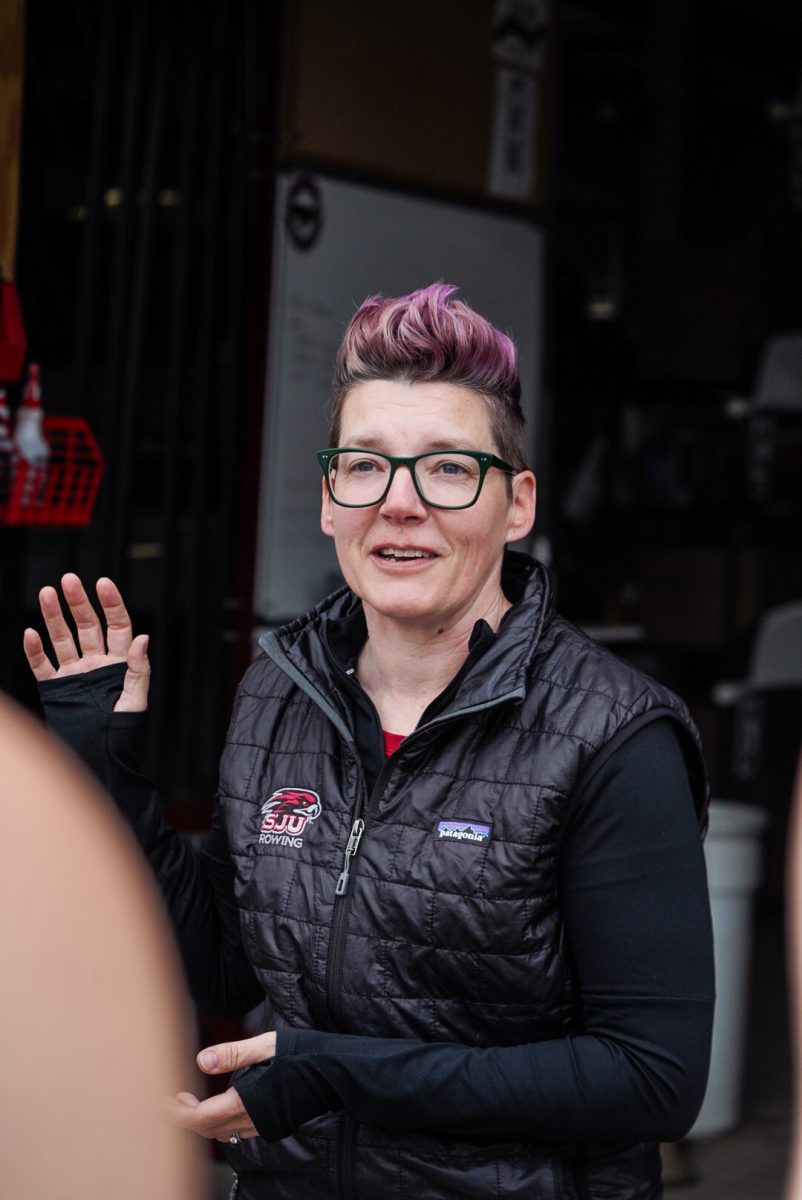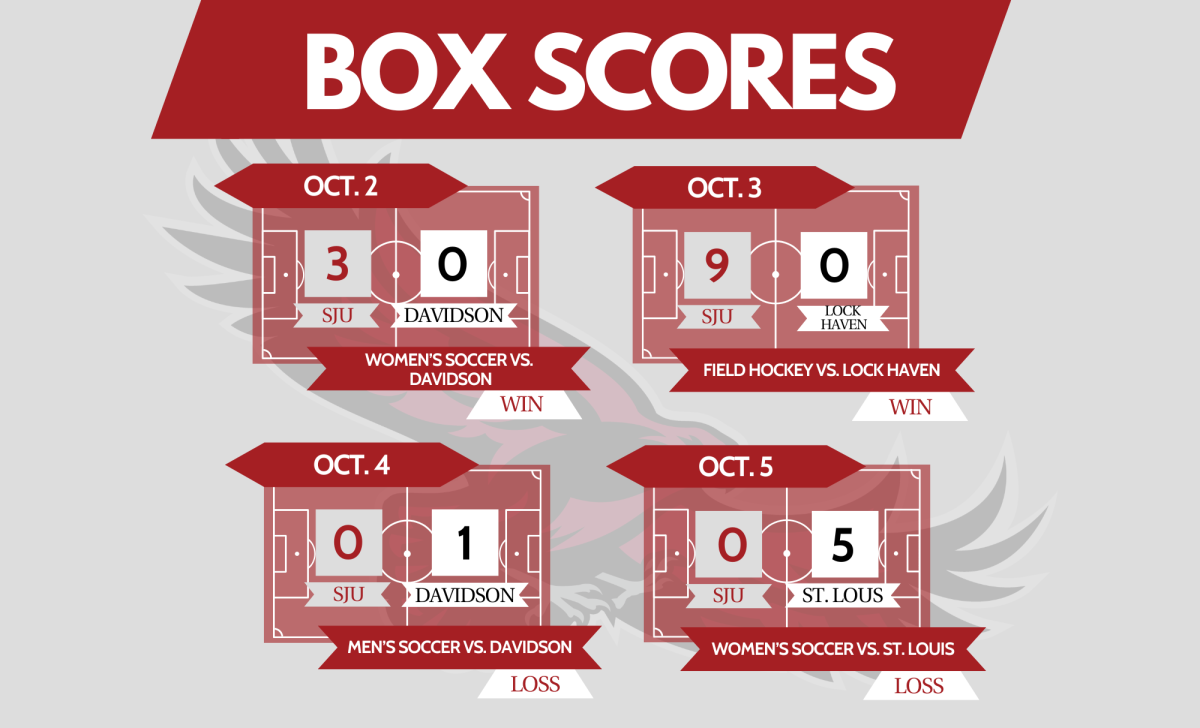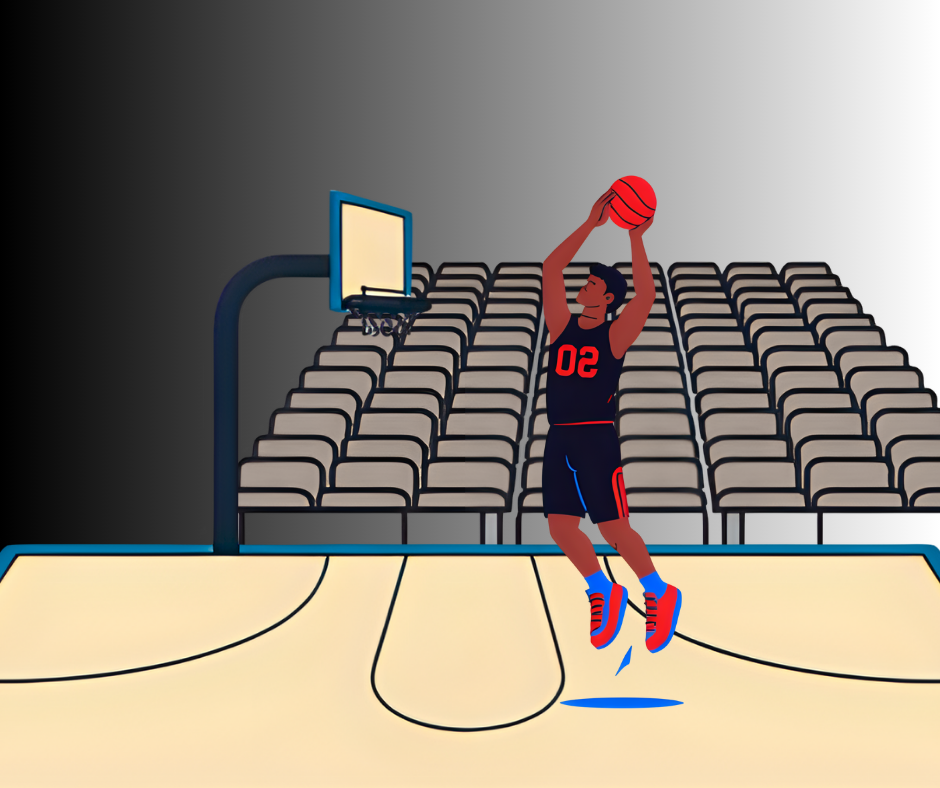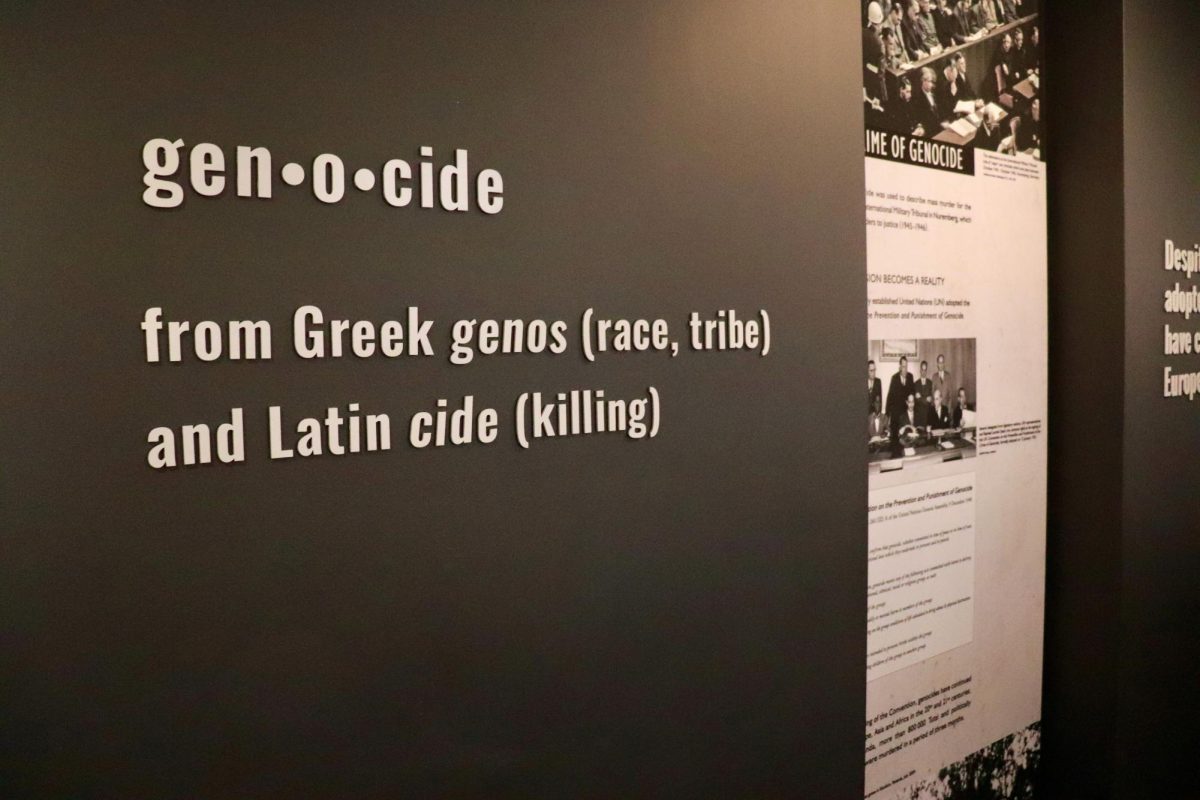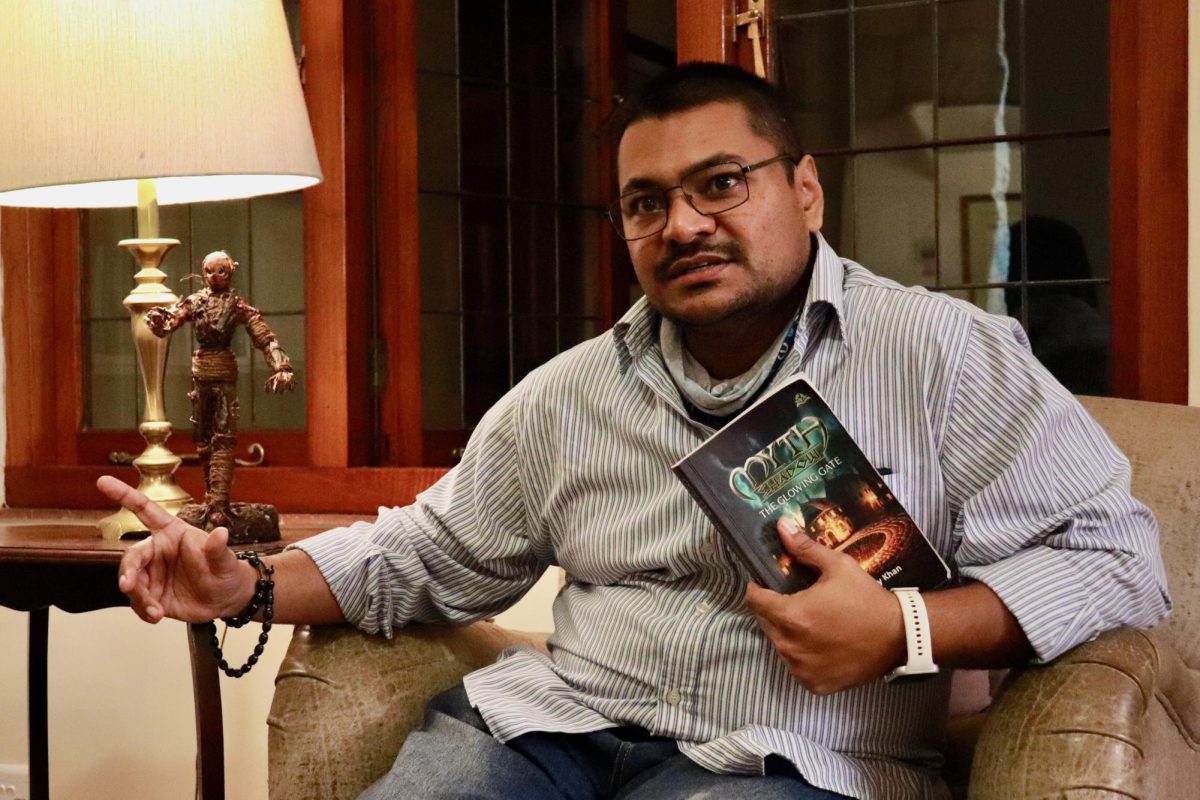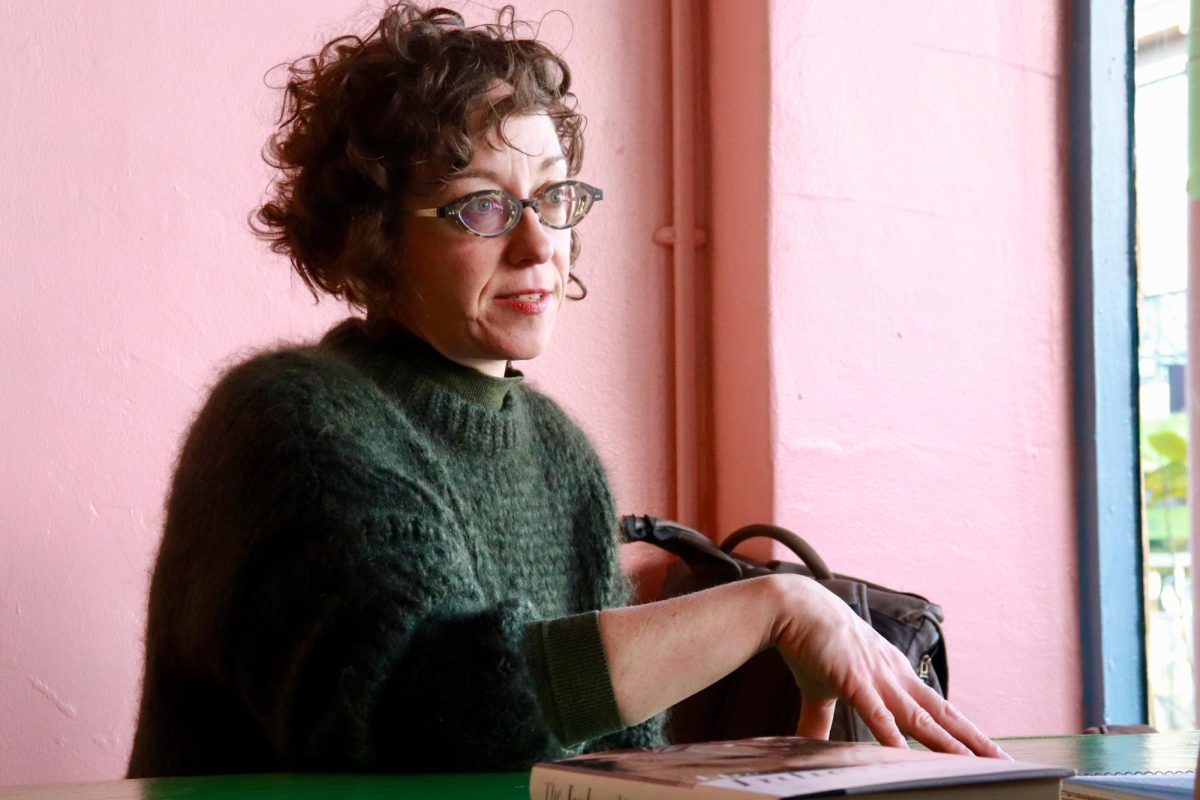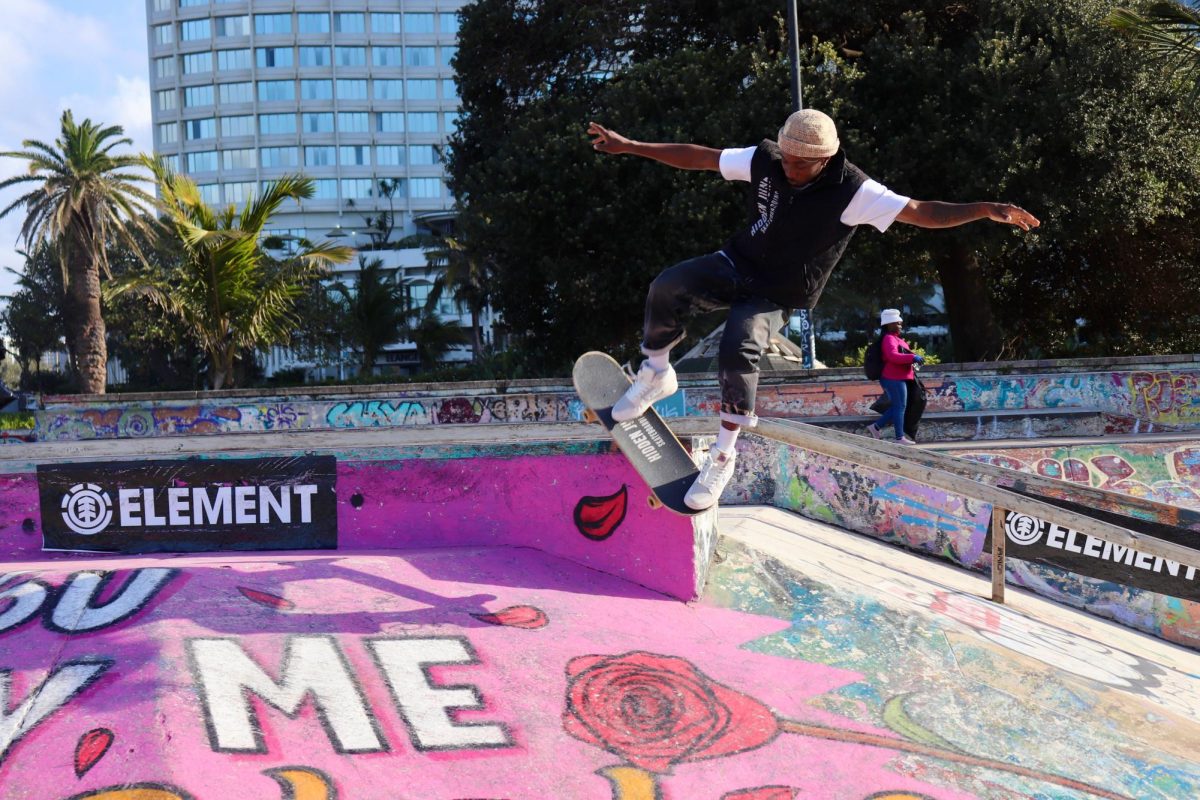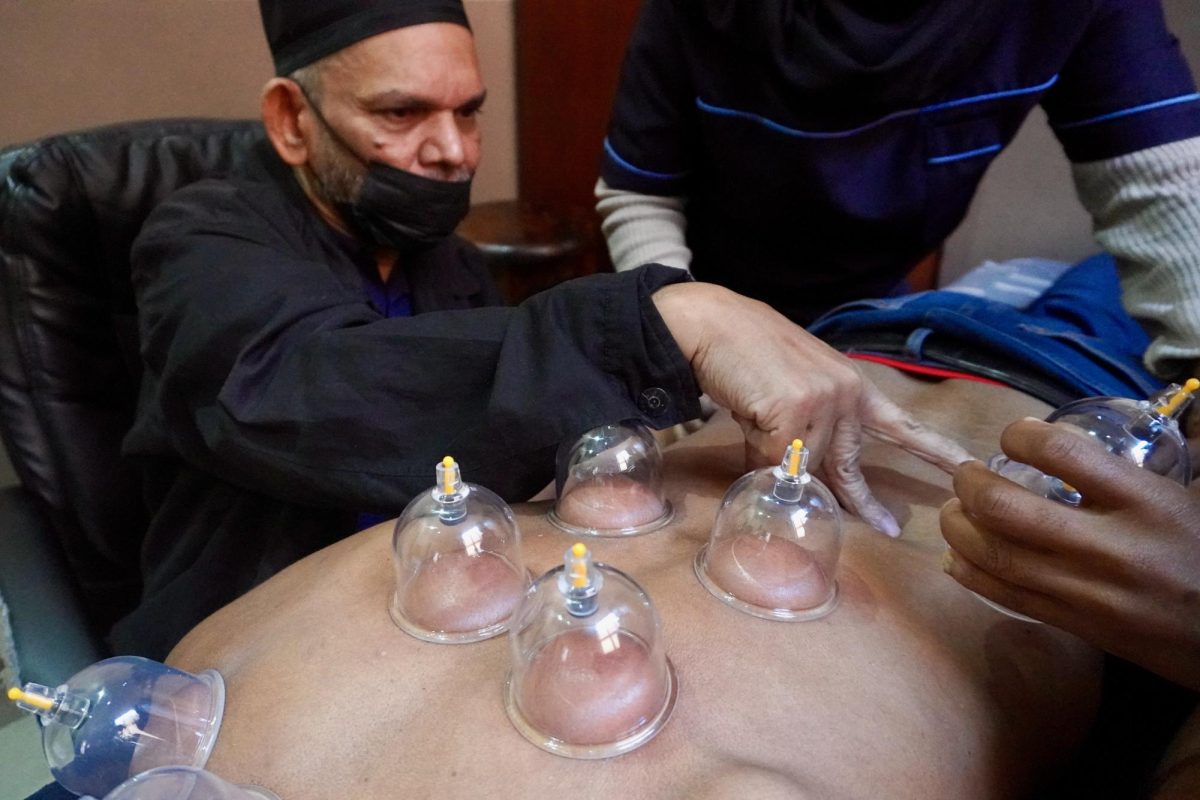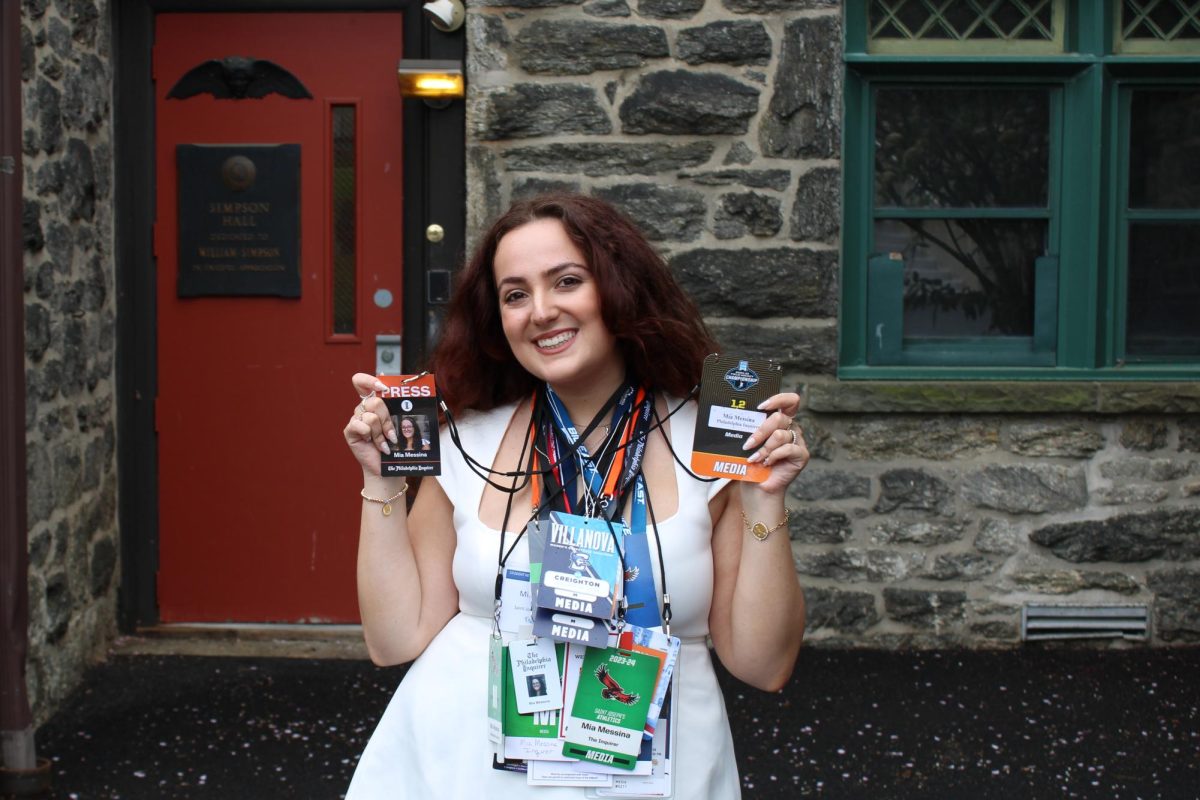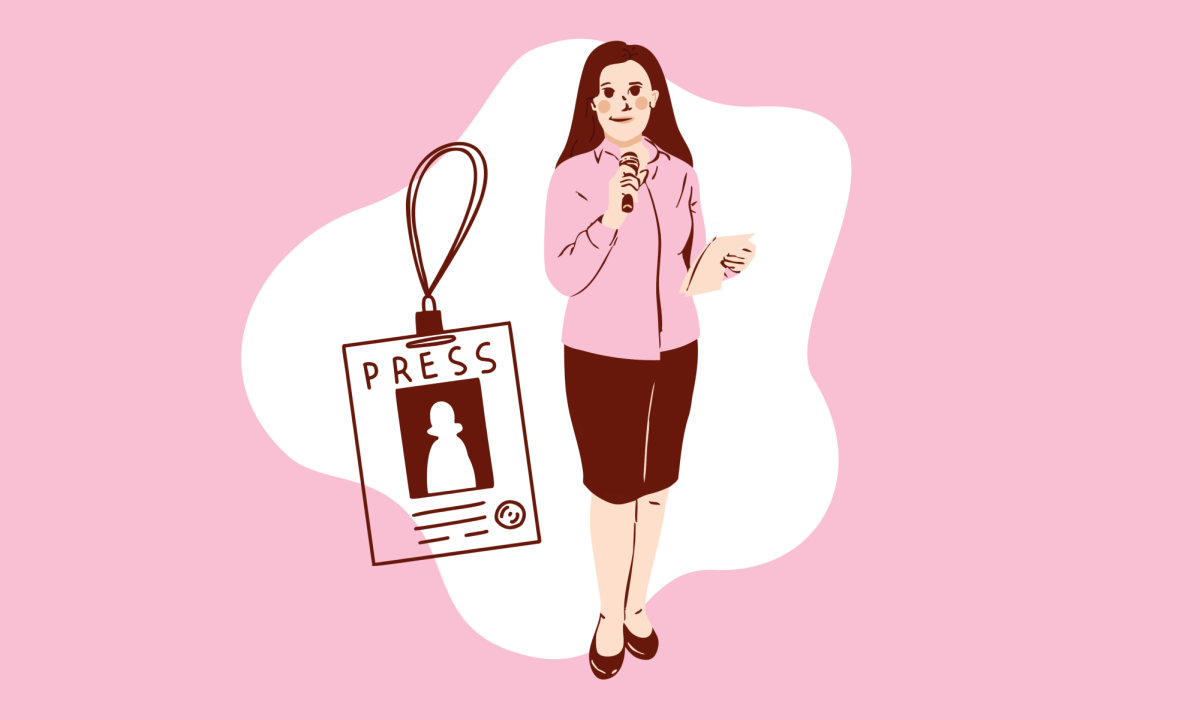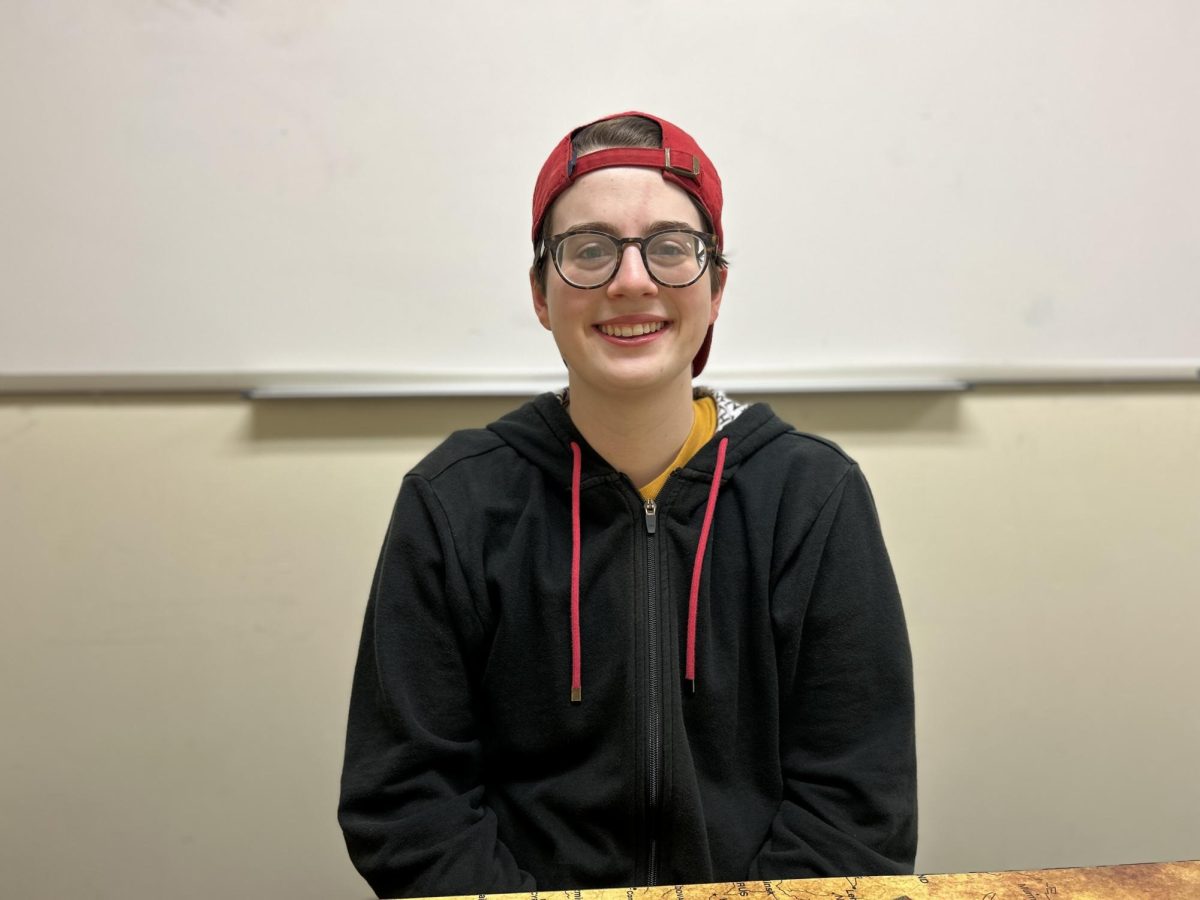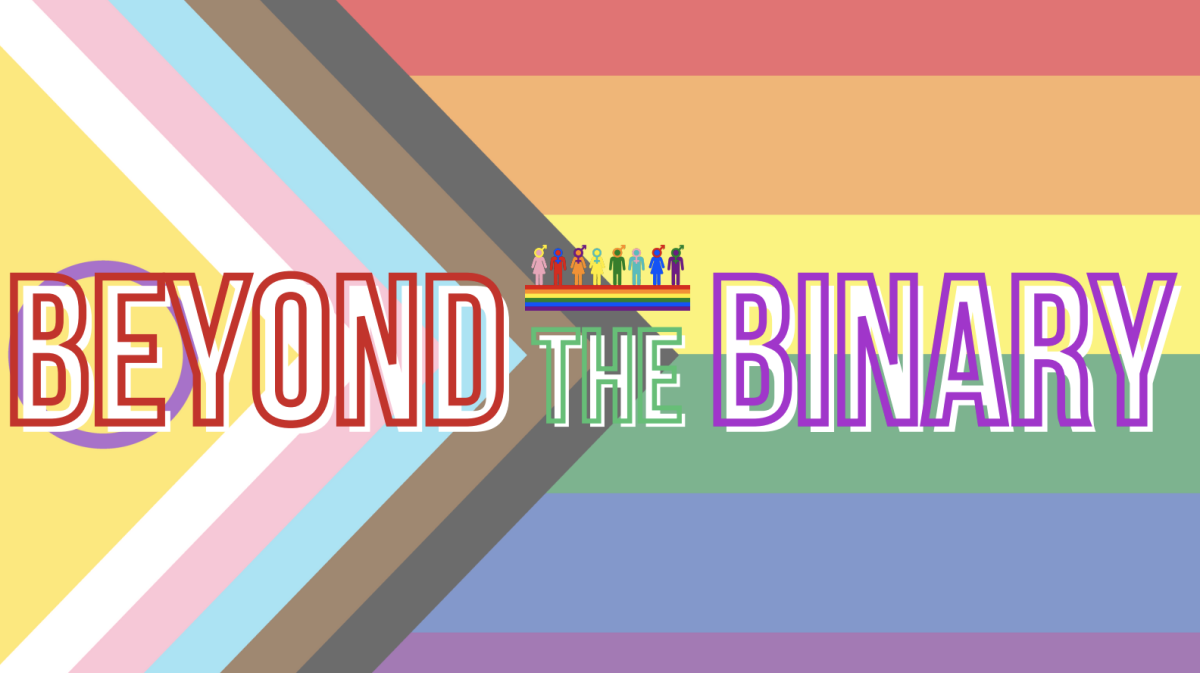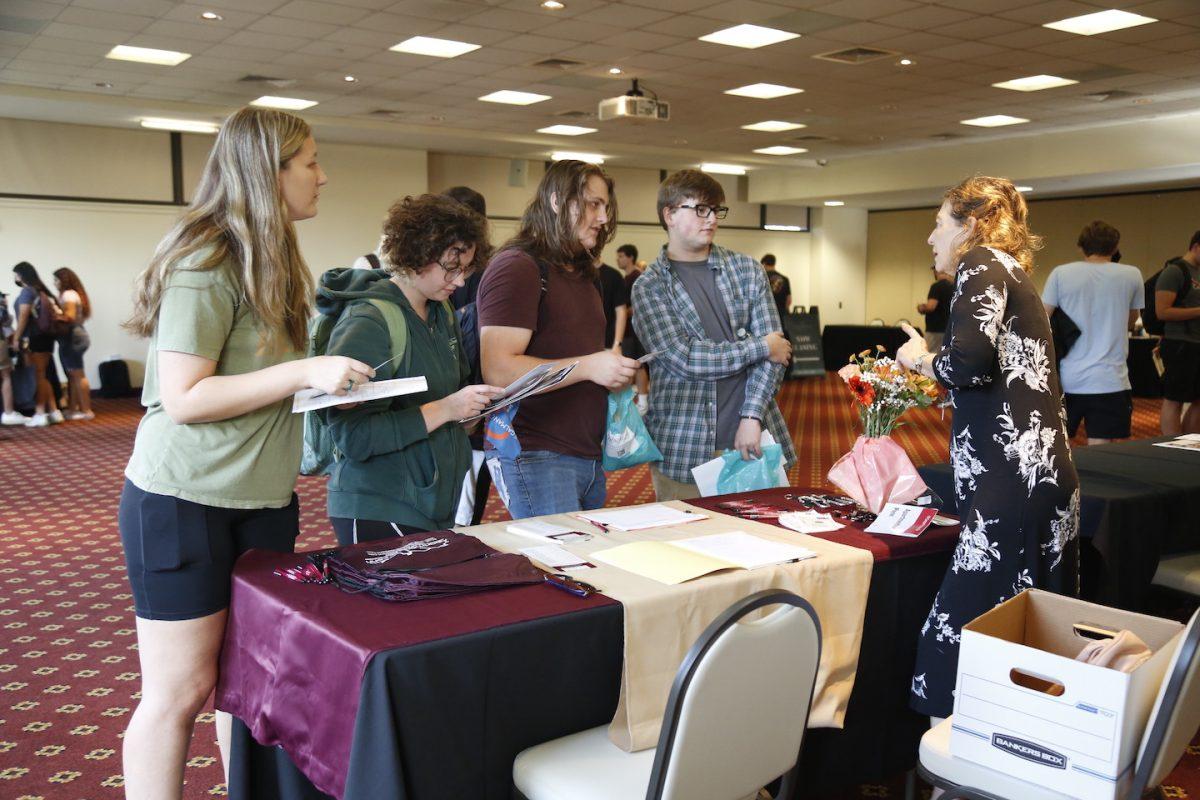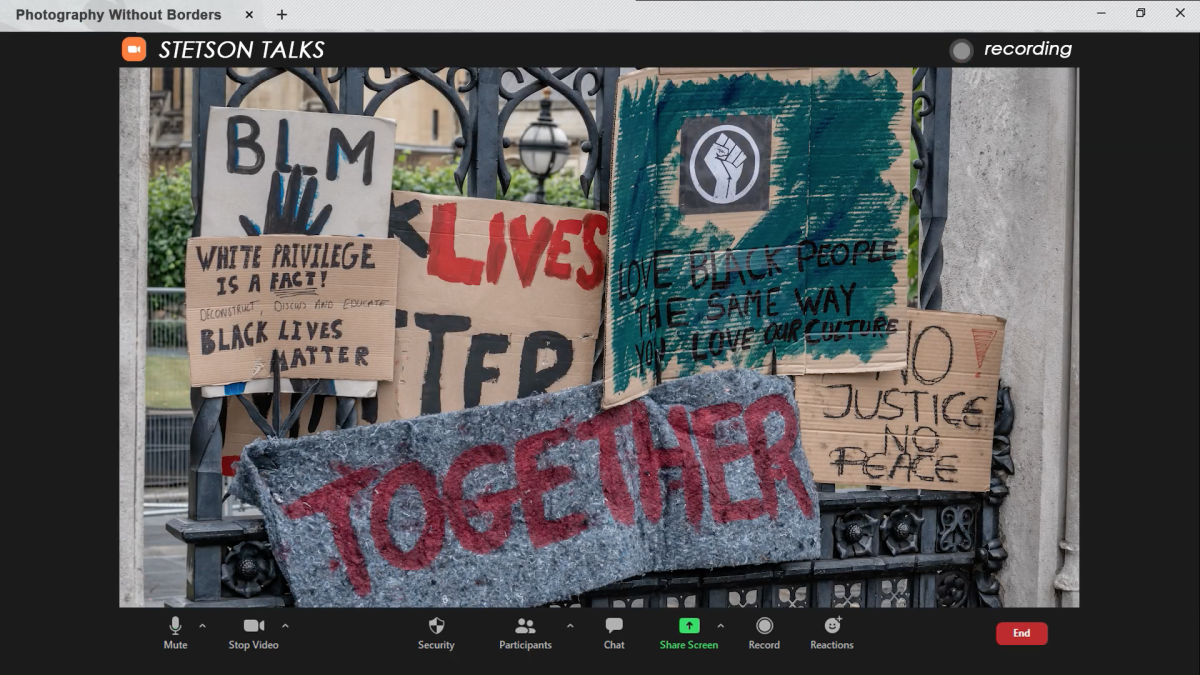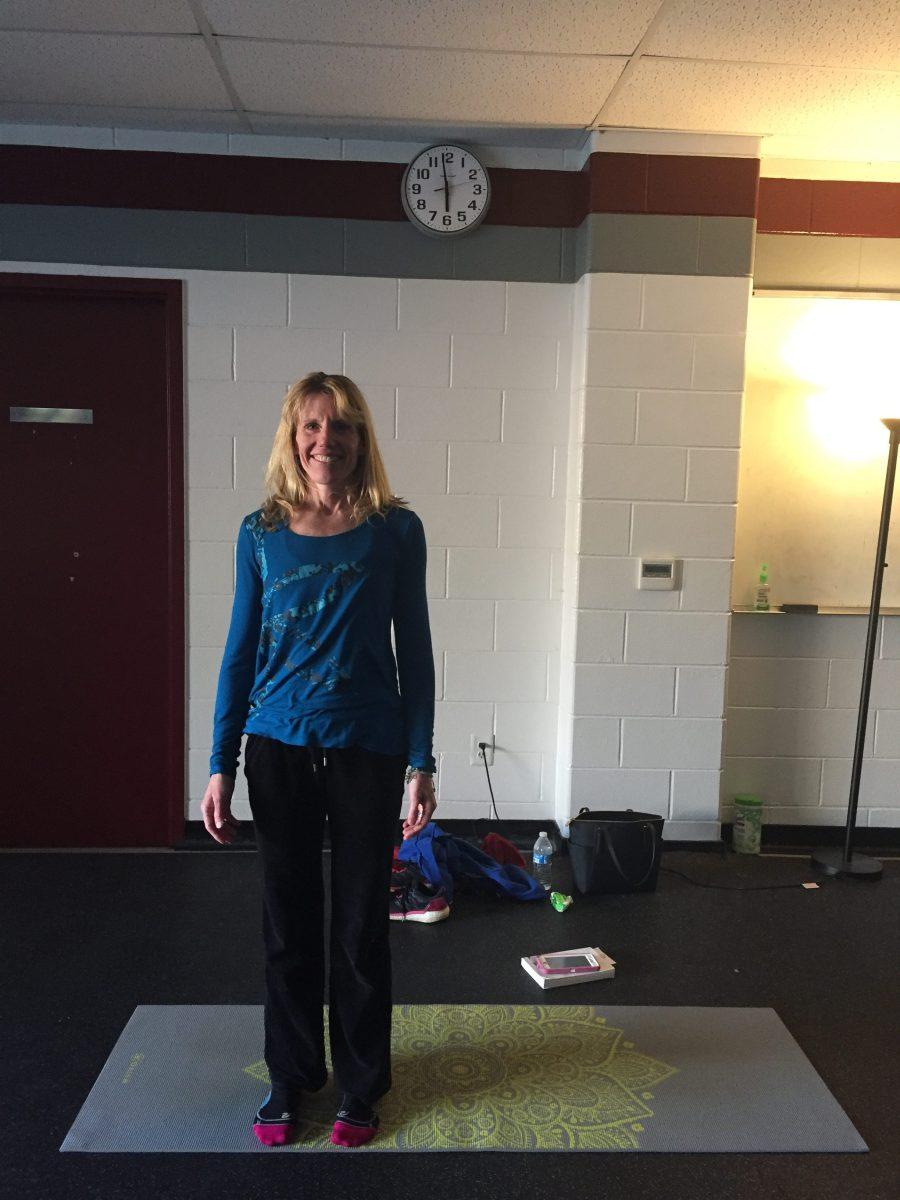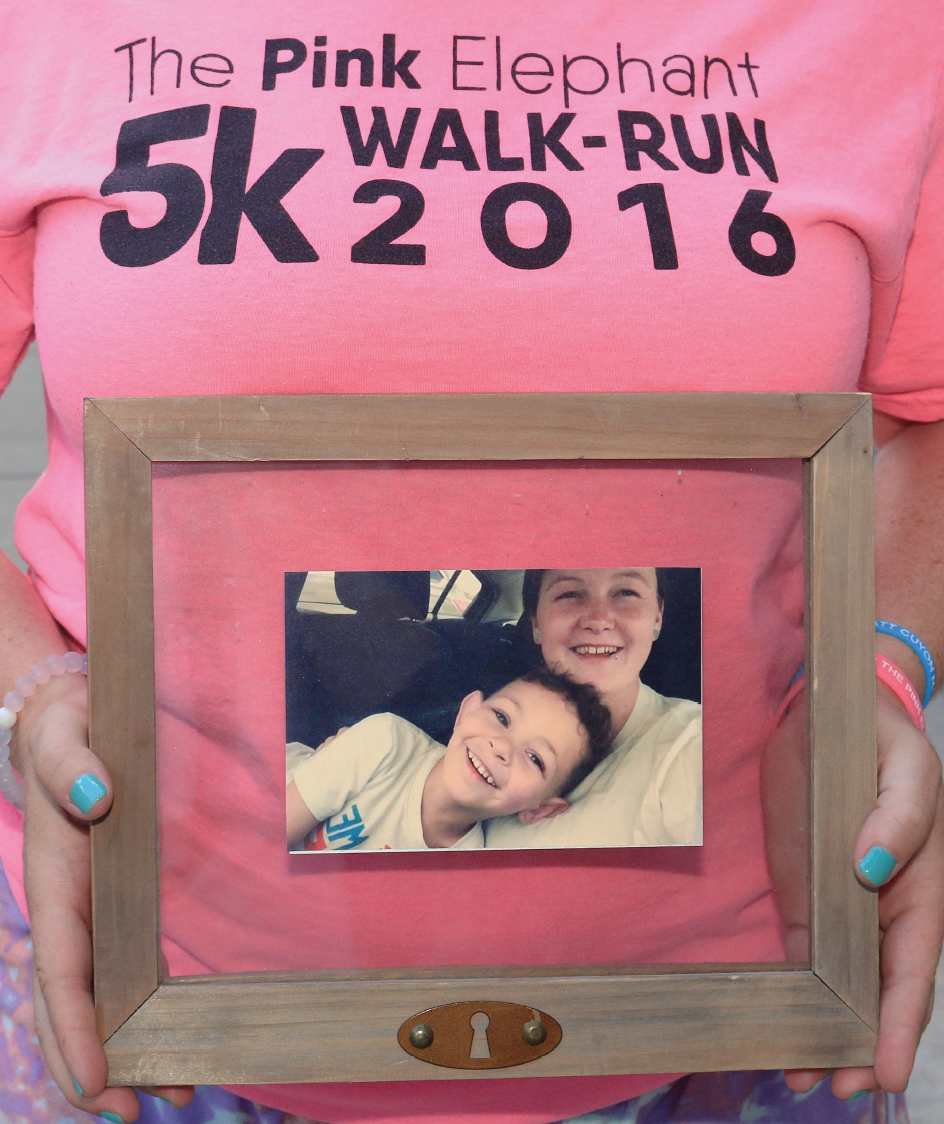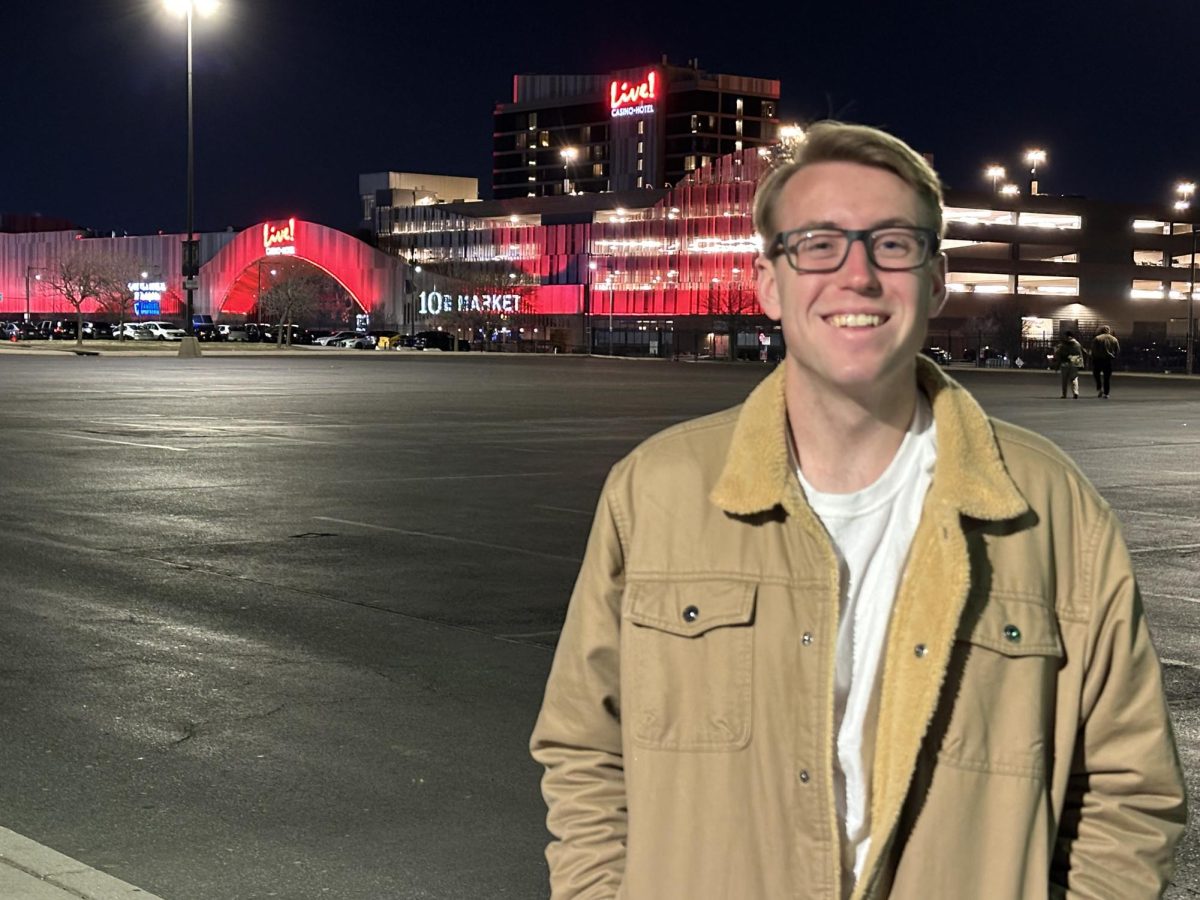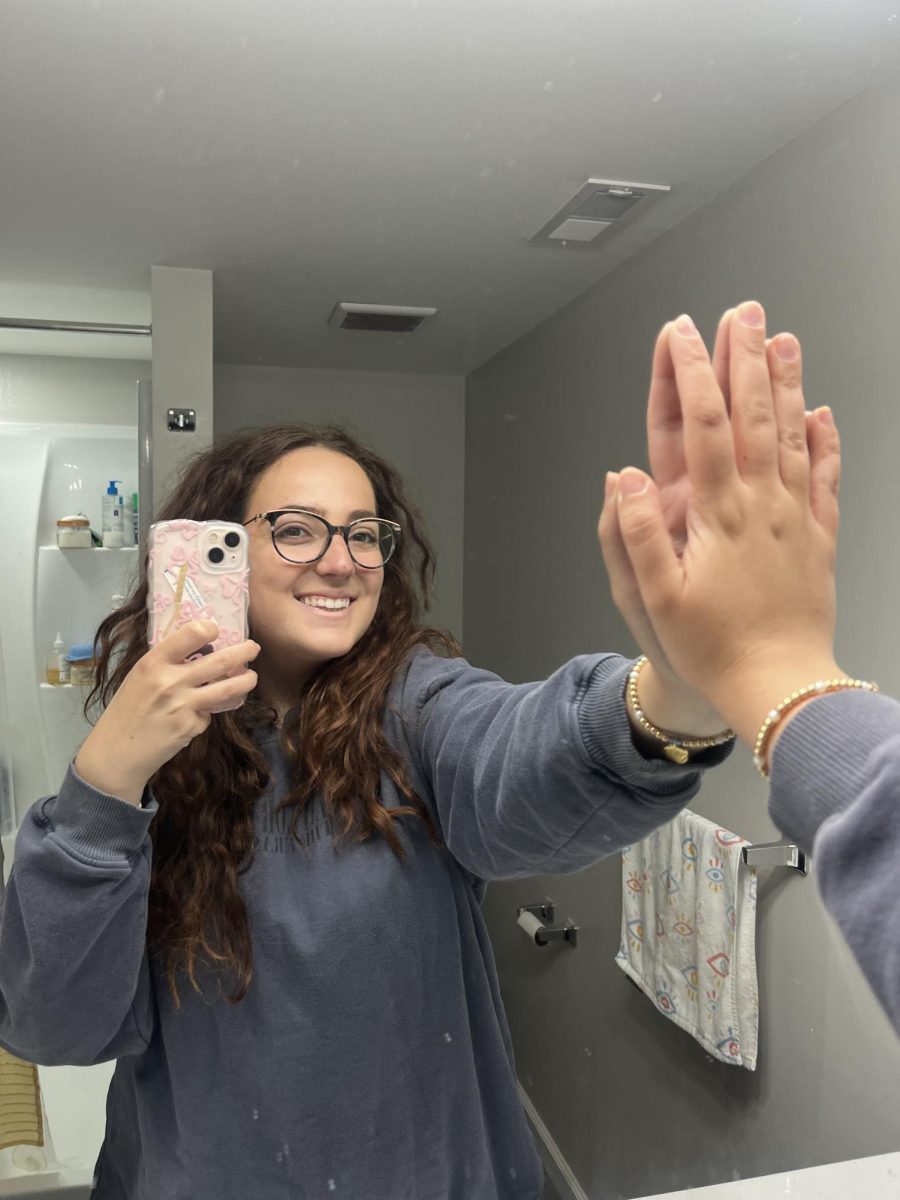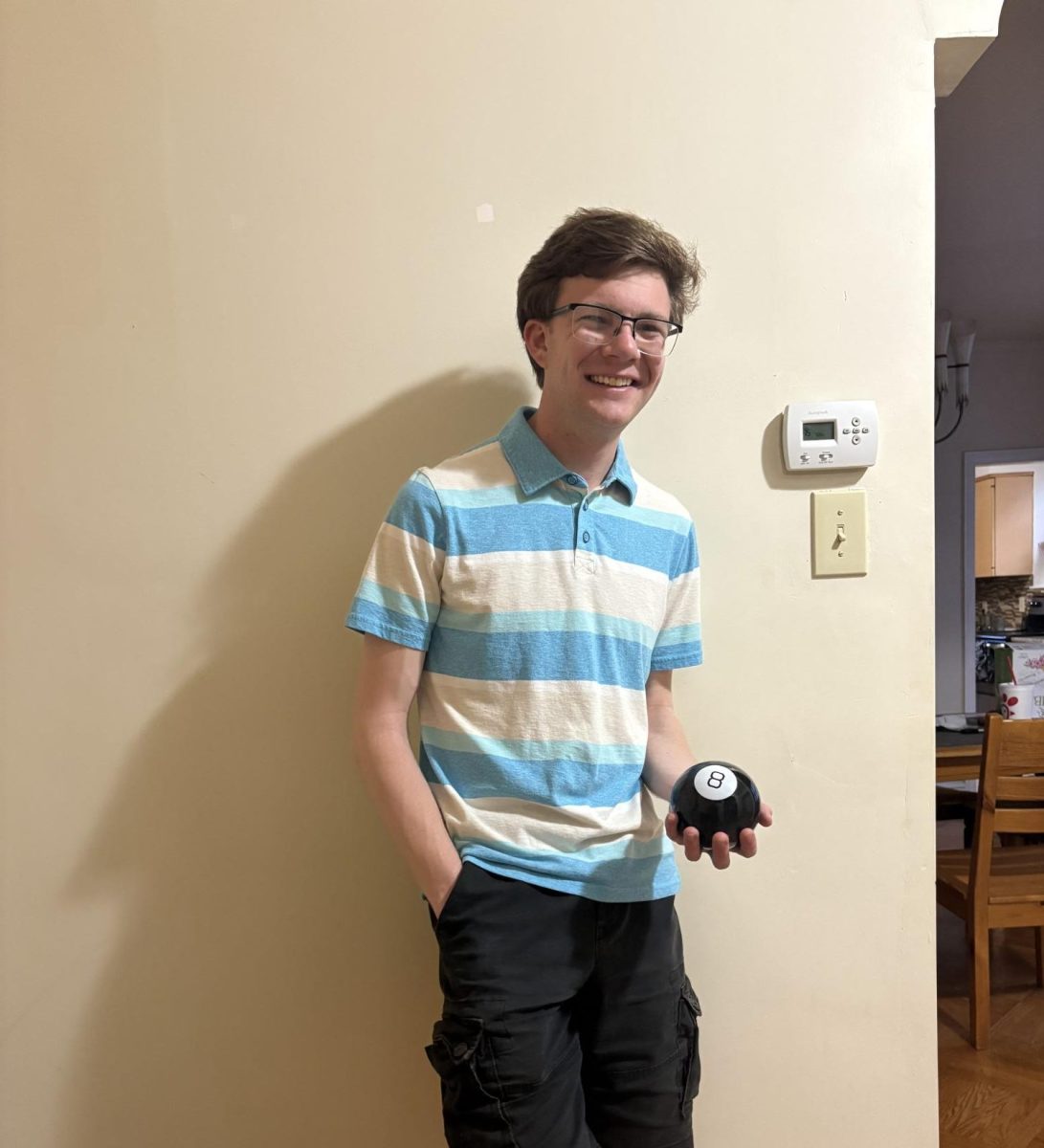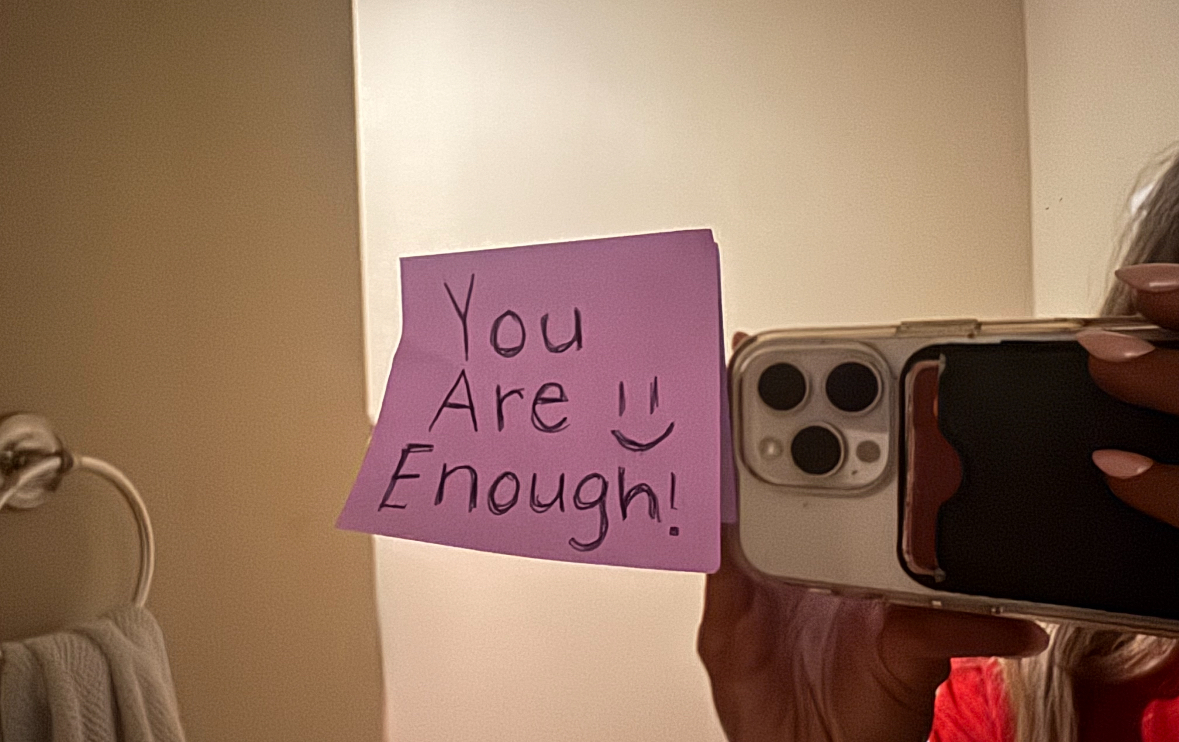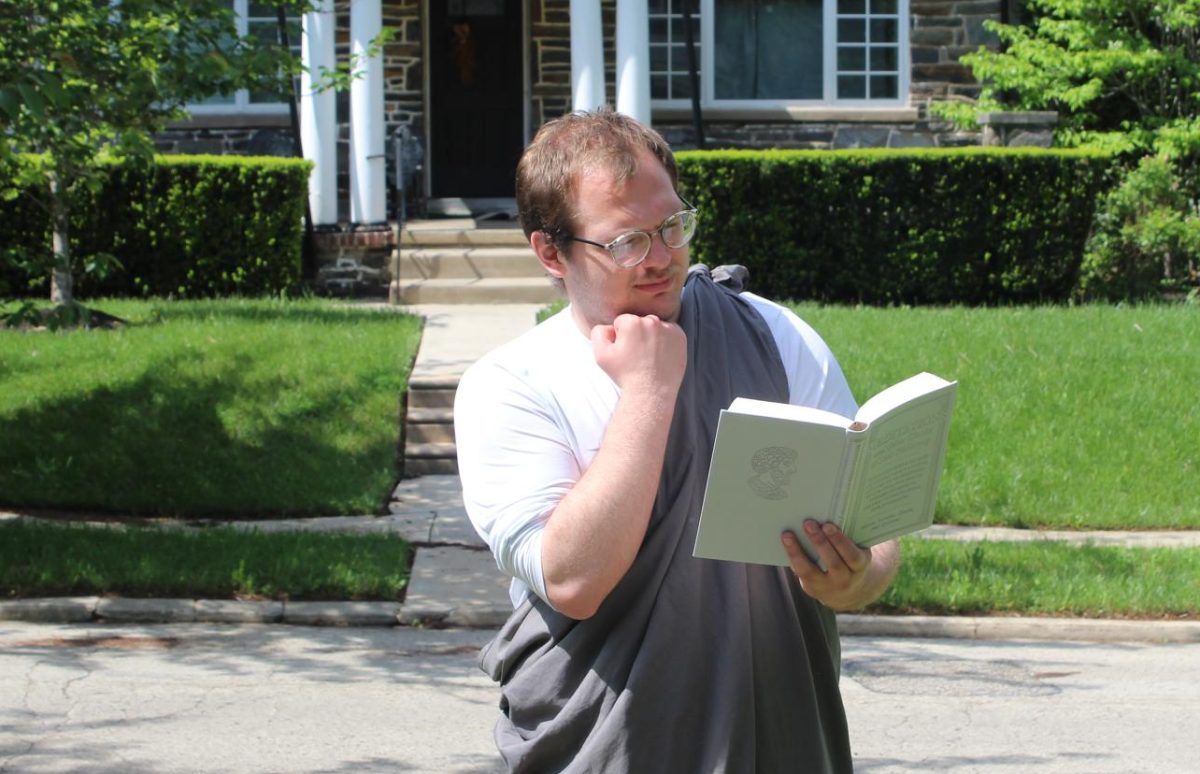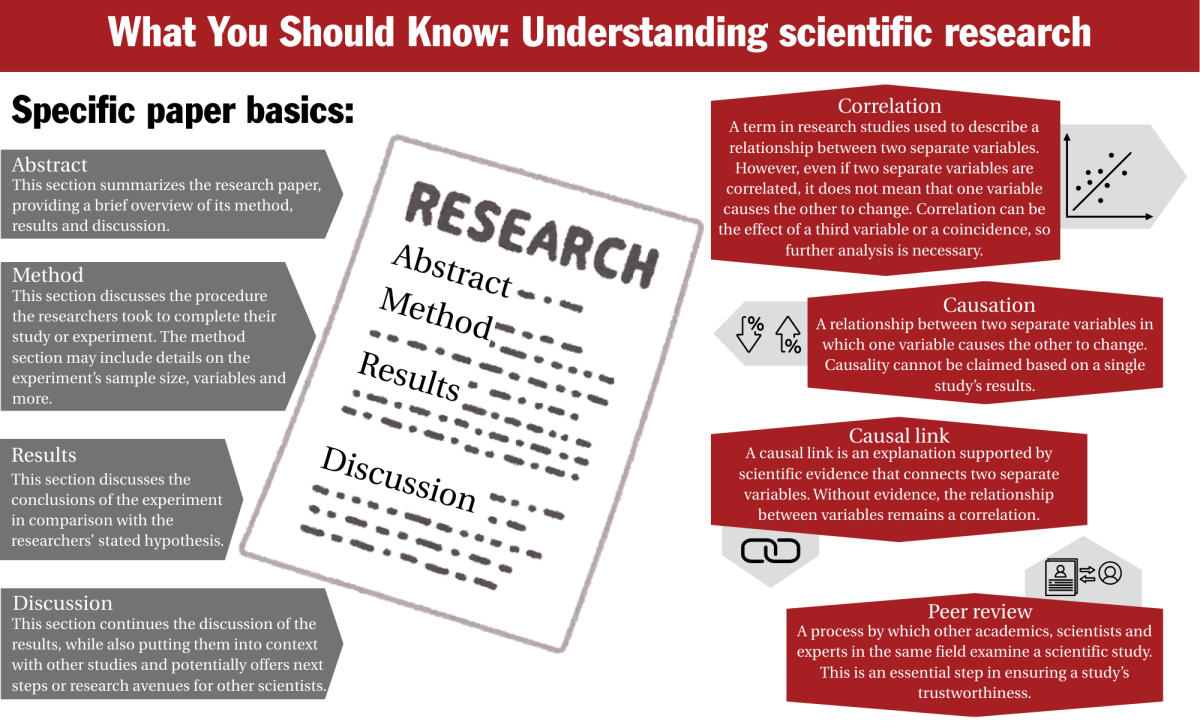Brandy Schillace, Ph.D., is a writer and historian. Growing up near an abandoned coal mine in an underground house beside a cemetery, Schillace was no stranger to more “taboo” topics like death and disease. Her work has covered nonfiction, fiction, science and history. Schillace has worked as a journalist, author, historian and museum programmer at a medical museum. Schillace has a bachelor’s degree in English from Wittenberg University and a Ph.D. in English from Case Western Reserve University.
The Hawk sat down with Schillace following her Oct. 1 visit to Hawk Hill, where she discussed her book, “The Framed Women of Ardemore House,” a mystery that follows the neurodivergent protagonist, Jo Jones, on an introspective murder investigation.
On your website, you describe yourself as an “adventurer at the intersections.” What does that mean to you?
I’m at the intersection of history and medicine and literature and social justice. But also, I think intersectionality is something that just describes me. It’s hard to identify as only one thing. I even think I’m kind of gender-fluid in some ways because everything is about these tiny boxes, and I’ve never fit in any boxes, and being autistic is part of that.
You have an extensive background in science history, nonfiction and journalism. What drew you to mystery fiction, and how did “The Framed Women of Ardemore House” come to be?
So many of the detectives were people I felt like I identified with. You know, your Nero Wolfe, your Hercule Poirot, your Sherlock Holmes. None of them are neurotypical people, and I think I felt at home with mystery fiction. So, naturally, as a result, I tried my hand at fiction writing, and that was the genre I chose.
What inspired you to center a neurodivergent character in your story, and what felt important to get right in representing her experience?
I think too often autistic characters end up being caricatures because people are trying to hit every little piece of autism because they’re like, ‘Well, this is the only autistic character, so we got to make sure we get it all in there,’ and that’s very unrealistic. But it also means you’ve sacrificed the character’s actual development as a person for their characterization as an autistic person, and I think that is what I wanted to avoid. I wanted her to be a whole person who has autism.
What do you hope readers take away from the story?
I hope people will read this and recognize themselves in [Jo Jones’] character and go, ‘Okay, well, we’re all just people, and the label of autism isn’t there to try and separate the group further than we already are.’ It’s there to say, ‘Here’s a group of people that are allowed to ask for support.’ And if you identify with Jo Jones and you didn’t know that you were autistic, I hope you find a friend and go, ‘Oh yeah, this is an OK way to be. There’s nothing wrong with this, and I deserve to have accommodation, too.’
Your life has been full of unusual places like cemeteries, catacombs and medical museums. How have those experiences shaped your approach to writing fiction?
Early on, I had a lot of interaction with things that most people try to stay away from. So illness, death, it’s a tragedy. Both my parents, my mother and my stepfather, were quite ill. My mom had cancer twice when I was a kid. My dad had two massive heart attacks while I was growing up. I lived next to a cemetery. You get used to the understanding that life is ephemeral, and so one of my first books was a history of death and dying cross-culturally. I think that I’ve grown quite used to looking at taboo subjects and bringing them into the light, and that’s almost my [mode of operating] in both nonfiction and fiction.
If you could tell your younger self one thing about becoming a writer, what would it be?
My younger self wanted to be a writer and was told that was a very foolish way to make a living and that I should think of something better. So, I spent a lot of years doing other things, and I would go back and be like, ‘No, you were right. You were right. Stay on the path.’


